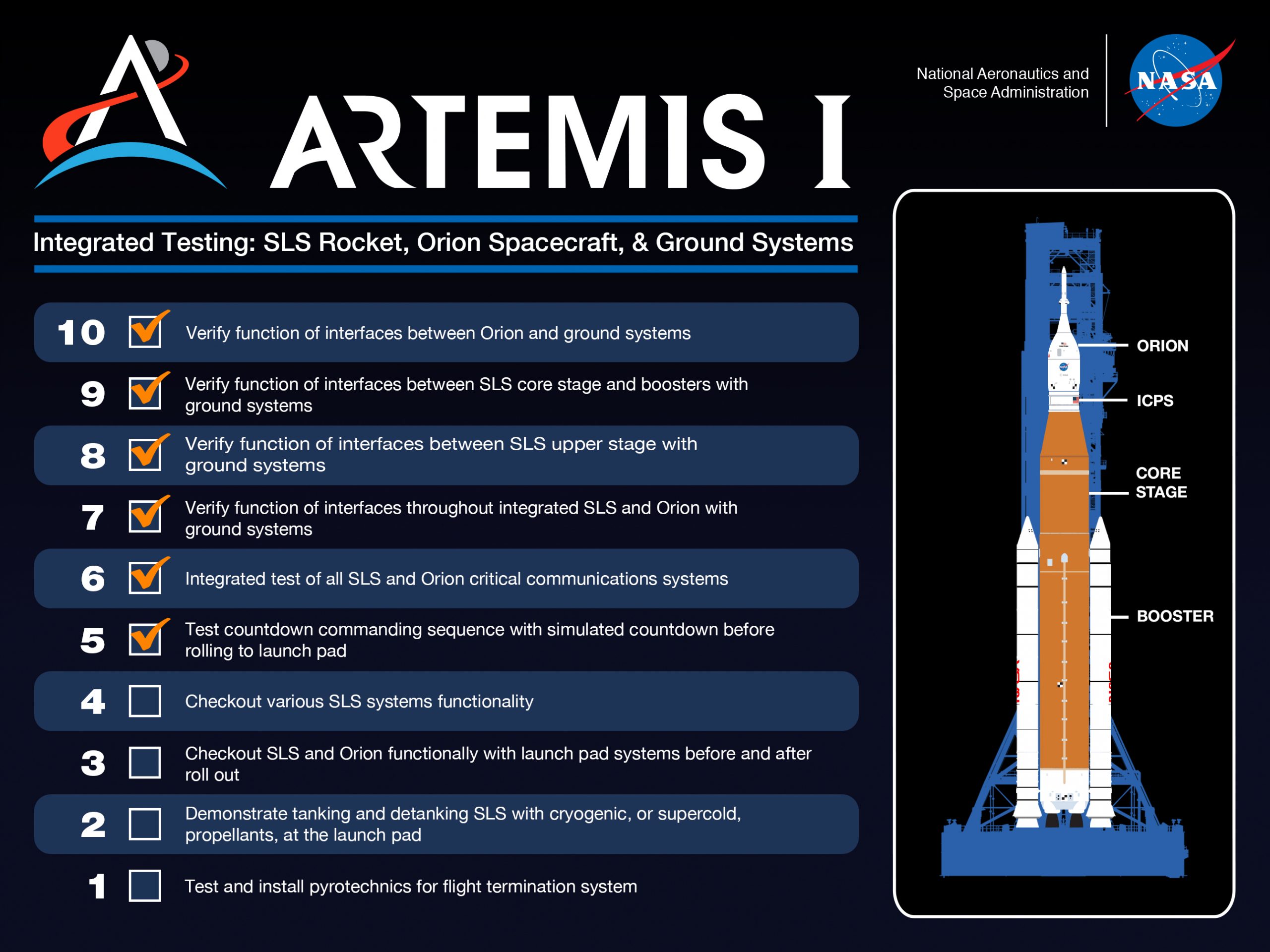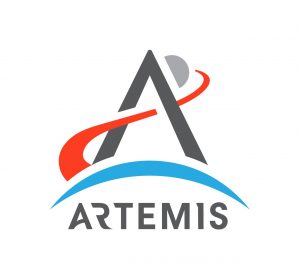 Engineers and technicians successfully completed a second countdown sequencing test on Jan. 24 inside the Vehicle Assembly Building at NASA’s Kennedy Space Center in Florida. This is one of the final tests for the SLS rocket and Orion spacecraft ahead the Artemis I mission, and brings the team one step closer to rolling to the launch pad in mid-February for the wet dress rehearsal test.
Engineers and technicians successfully completed a second countdown sequencing test on Jan. 24 inside the Vehicle Assembly Building at NASA’s Kennedy Space Center in Florida. This is one of the final tests for the SLS rocket and Orion spacecraft ahead the Artemis I mission, and brings the team one step closer to rolling to the launch pad in mid-February for the wet dress rehearsal test.
The test demonstrated the ground launch software and ground launch sequencer, which checks the health and status of the rocket sitting on the pad. The simulated launch countdown tested the responses from the Space Launch System rocket and Orion spacecraft, ensuring the sequencer operates correctly. On launch day, the ground launch sequencer hands off to the rocket and spacecraft, and an automated launch sequencer takes over control of the rocket from ground controllers around 30 seconds before launch.
Up next the team will work to complete the final program specific engineering tests for the Artemis I mission. With the countdown sequencing test complete, Exploration Ground Systems teams will continue doing final checks and closeouts of the Moon rocket in preparation for the wet dress rehearsal test next month. For wet dress rehearsal, engineers will fully load SLS with propellant, and the team on the ground will run through all the pre-launch operations to prepare for the Artemis I launch.

 After replacing and testing one of four RS-25 engine controllers, the team conducted several tests to ensure the massive core stage is ready to roll to the launch pad for the wet dress rehearsal ahead of the
After replacing and testing one of four RS-25 engine controllers, the team conducted several tests to ensure the massive core stage is ready to roll to the launch pad for the wet dress rehearsal ahead of the  Engineers and technicians continue to complete integrated tests inside the Vehicle Assembly Building at NASA’s Kennedy Space Center as part of the lead up to launch of the Artemis I mission.
Engineers and technicians continue to complete integrated tests inside the Vehicle Assembly Building at NASA’s Kennedy Space Center as part of the lead up to launch of the Artemis I mission.